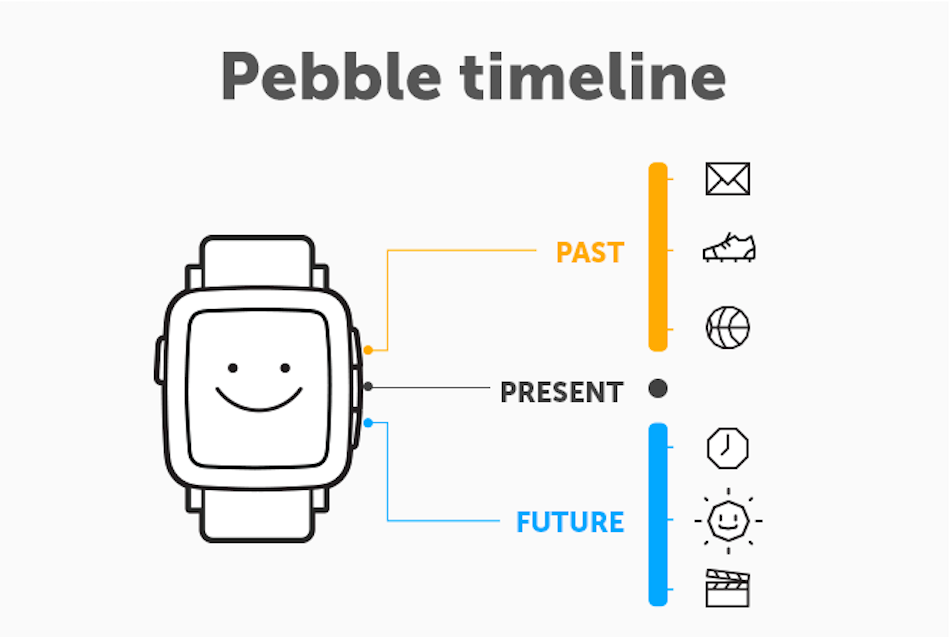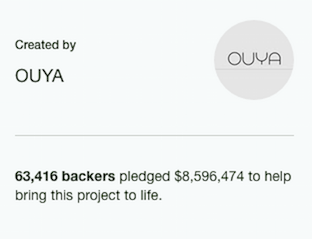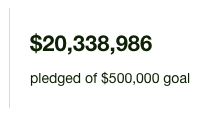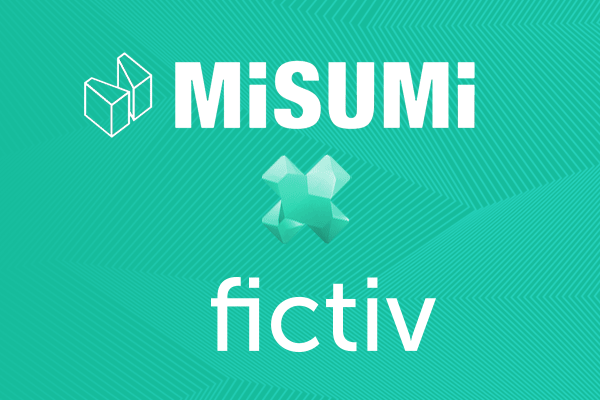Time to read: 8 min
As a hardware incubator and VC, we at SVV look at a few key things when considering a company to invest in.
One thing that will automatically set you apart from other companies when attempting to raise institutional funding is a successful crowdfunding campaign. If you have one, we immediately take your company much more seriously than the thousands of other companies that we look at.
Especially in hardware. It has become crucial for founders to be able to execute a successful campaign. It’s one of the best ways to get early traction before having to manufacture your product, which as you probably know, is a very capital-intensive task.
With some projects, it seems easy for the campaign owners. Products like the Pebble watch, OUYA, and others seemed to just naturally attract the huge numbers of backers that they needed, with ease.
Is it just luck?
I think not.
As we constantly analyze what it takes for a hardware company to succeed, we’ve found that the most successful projects all have seven things in common, and if you get these things right, too, you’ll be poised for the same kind of success that they had.
1. High-quality production—graphics, video, etc.
Your company is in its very early stages. This creates a bit of a conflict for your potential backers. They hope that your product will come into existence and deliver what it promises, but your company lacks the credibility and track record of fully established companies.
Having professional graphics, a nicely produced video, and nicely planned out campaign can immediately add the credibility that you need to win over your potential backers.
Have you ever heard of the saying, don’t judge a book by its cover?

The truth is, most people do just that. In a study from Stanford, researchers found that 75% of web users make judgements about a company’s credibility based on their website’s design. What’s more is that they found that in total, first impressions are 94% design-related. If users make these judgments just by looking at your website, don’t you think the same thing will happen on your campaign page?
Your graphics, your copy, your video, and your layout matter.
Knowing that the vast majority of people make judgements about your company based sheerly on visuals can begin to work for you. If you follow the example of the crowdfunding all-stars, like Pebble, you’ll get an idea of the type of design finesse you need to bring to your campaign.
Get these things right, and you’ve completed the first step of becoming a highly funded project.
2. A clear outline of how you plan to deliver
Second on the list is another credibility issue.
There’s been a lot of unrest in the crowdfunding world lately, especially in hardware, because more and more projects have failed to deliver their product. Projects like Zano and many others raised large sums of money from their backers, only to never even create their final product, leaving their backers out of luck.
As crowdfunders are getting smarter and realizing that more startups are using it to get some easy early sales for their company, many have grown weary of just seeing a fancy campaign page that doesn’t have a plan to deliver.
In other words, on your campaign page, you have to talk the talk, but on the other end of things, you have to show your backers that you can walk the walk. After all, most campaigns that never delivered their product to their backers had fancy campaign pages, too.
By clearly outlining your manufacturing plan and mentioning that you’ve already started working with manufacturers and expect to be able to ship, you’ll put your backers’ fears to rest, and you’ll likely raise much more money. This is usually done in the FAQ section, where backers that need extra information can find it. The Coolest Cooler campaign is a great example of an in-depth FAQ section that inspires backers’ confidence in the company.
If you’ve been unable to begin talks with manufacturers before your campaign, this guide may be of great use to you!
3. A community around your product
This is arguably THE most important component of a crowdfunding campaign. If you have a passionate community around your product, they’ll be very willing to overlook many of the problems that crowdfunded products present.
If you’ve taken the time to build a community before you launch, you’ve already built up credibility with a crowd, and they will trust you much more. These will be your early backers.
But this also creates a snowball effect.
Even if you already have a passionate community, a huge number of your backers will be people who stumble across your product for the first time by landing on your campaign page.

Nothing adds more credibility to your brand on a crowdfunding platform than seeing that people are already backing your product.
If you’ve made it this far, your product is probably already pretty cool, which means that people will want it. Now, your barrier is to convince them that you can deliver, and that they should buy it. Nothing does that better than seeing that other people are already backing your project.
A great example of a campaign that had a passionate community around it before even starting the crowdfunding process is the OUYA game console campaign. Even though after raising their money and operating for a time, they seemed to alienate their customers, they got it right in the first steps.
4. Planned price increases
Even I’ll admit that when I see a crowdfunding campaign, many times, my first thought is, “I’ll just wait until it actually comes out, and then I’ll get it.” The only problem is, almost 100% of the time I forget to check back, and that campaign never gets my money.
It turns out that I’m not the only one who does this. A study by Baymard Institute showed that in typical Ecommerce situations, average shopping cart abandonment rates can be close to 70%! That means that there is a large percentage of people who intend to buy your product but just don’t follow through and end up forgetting about it. This exact reason is why you need to make sure that you create a sense of urgency in your campaign that ensures that you get the maximum amount of people to back your product when you need them to.
This comes down to value. Either show them that they’ll get your valuable product at a large discount for backing you, or add additional valuable bonuses that are only available during the crowdfunding stage. This will add more urgency and get more people to actually follow through. If you take a look at any successful campaign today, almost all of them have a sense of urgency that leads people to back the project now, rather than wait to purchase it later.
5. Different levels of rewards
Almost all campaigns that have been wildly successful have had a very well thought-out reward system. After all, the reason that people back your campaign is to get your rewards.
One very important thing that many hardware entrepreneurs overlook is to get large backers on board before you even launch.
Many of the most successful campaigns have high-ticket rewards for backers who are willing to contribute large sums of money. OUYA, the game console that you could get for $99 during its crowdfunding campaign, had many options above the $500 mark, ranging all the way up to the $10K mark. In fact, just with its options above the $500 mark, it raised close to $1M in total.
You can do this is by making sure that your campaign has options to back it at levels above the basic consumer level. Depending on your product, you may have a developer license, or sell in bulk to people who want to become distributors.
This makes it much easier to reach out to these people before your start your campaign, because it’s a much more controlled group. If you have a $50K goal and a $10K funding package, you’ll only have to get five interested large parties on board to reach your goal.
Besides OUYA, if you look at most other ultra successful campaigns, including Pebble watch, they follow the same model.
6. Attainable goals
Take a look at the most successful campaigns, and you’ll notice that their original funding goal ends up being less than 10% of the total amount that they raise. If you think they’re just getting lucky by hugely exceeding their number, think again. It is known in the crowdfunding world that you need to set your funding goal at a reasonable, attainable goal, but have the hidden agenda of raising more.
For instance, you may need to raise $250K for your product. If you wanted to do this, you might set your goal at $50K, because something very interesting happens once you hit your goal.
Often, projects get catapulted to a much larger level of success once they reach their initial goal. At this time, they start getting press mentions, going viral, getting shared, and shooting up past their original goal.
Most of this phenomenon is due to the press. Plain and simple, it’s pretty difficult to get press to an unfunded campaign, because most journalists don’t want to write about a product that may or may not exist.
But once you hit your successful goal, your backers and members of the press become much more confident that your product will exist. This is usually when most products start to get mainstream press, and a larger audience begins taking notice.
If you take a look at the Pebble Time campaign, which is one of the most successful of all time, surpassing the $20M mark, you’ll see that they set their initial goal at $500K.

Notice that their bulk orders (all above the $800 mark) raised more than $1M alone.
Obviously, you’ll want to make sure that if you only reach your attainable goal, you can still deliver, but by doing so, you are much more likely to raise a larger sum.
7. A press plan
As discussed in the previous section, the press plays a huge role in the success of crowdfunding campaigns. Once again, many founders think that this comes down to luck, but if you want to almost guarantee success with the press, you’ll have a well thought-out plan on how you’re going to approach the press.
Make sure to keep note of recent trends in your industry, and know how your product fits into what is relevant at the time. Knowing this will allow you to make a list of the journalists who are writing about the most recent trends, and you can reach out to them when the time is right, which is usually once you reach, or are getting close to reaching, your initial funding goal.
Main Takeaways
By studying successful campaigns, you’ll see that running a successful campaign is a science and a repeatable process, especially for companies like Pebble! If you follow these guidelines, your campaign will already be set apart from the average campaign, and you’ll be exponentially more likely to do the large numbers that the crowdfunding hall of fame has generated. I encourage you to talk about these ideas with your team and make sure you’re implementing the things on this list to ensure your product’s success.










